Image Archive
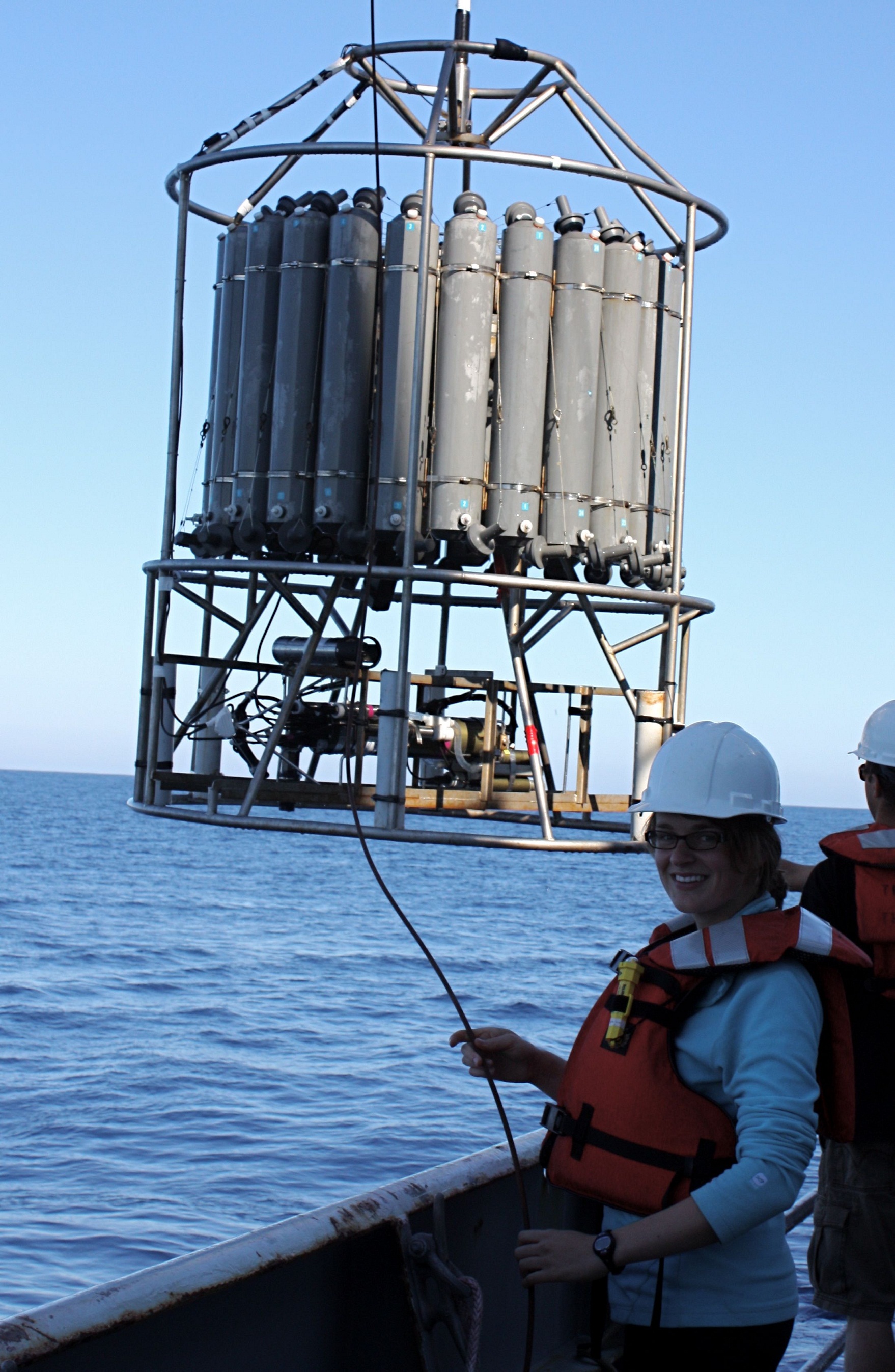




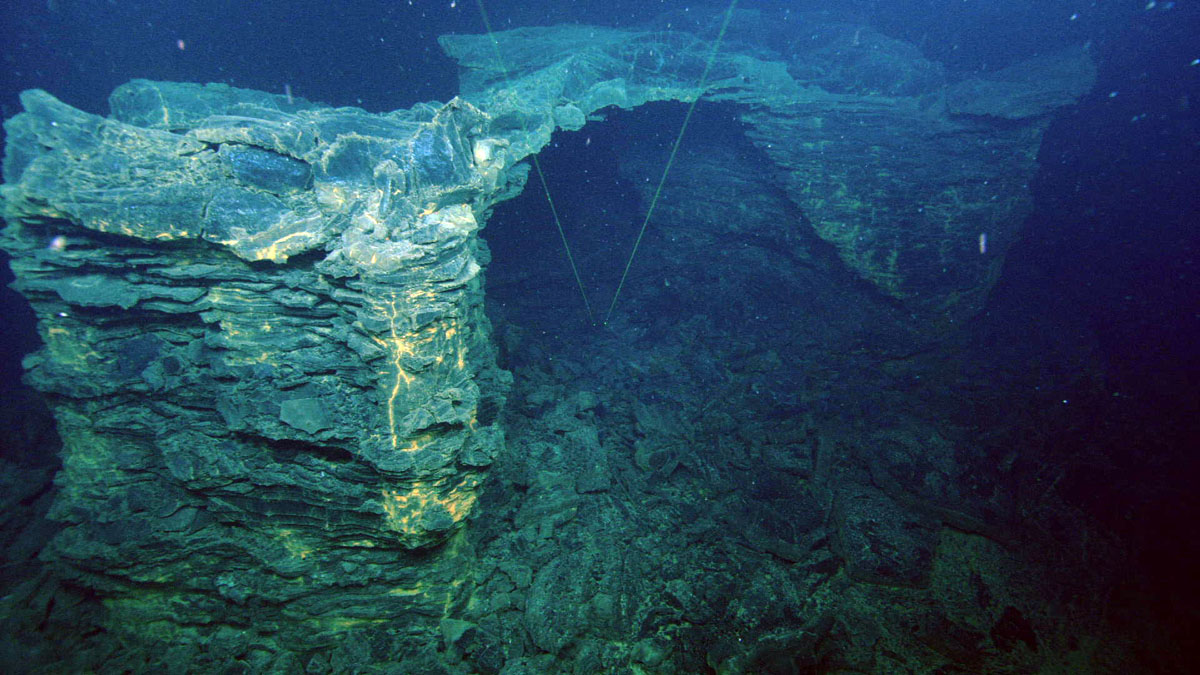












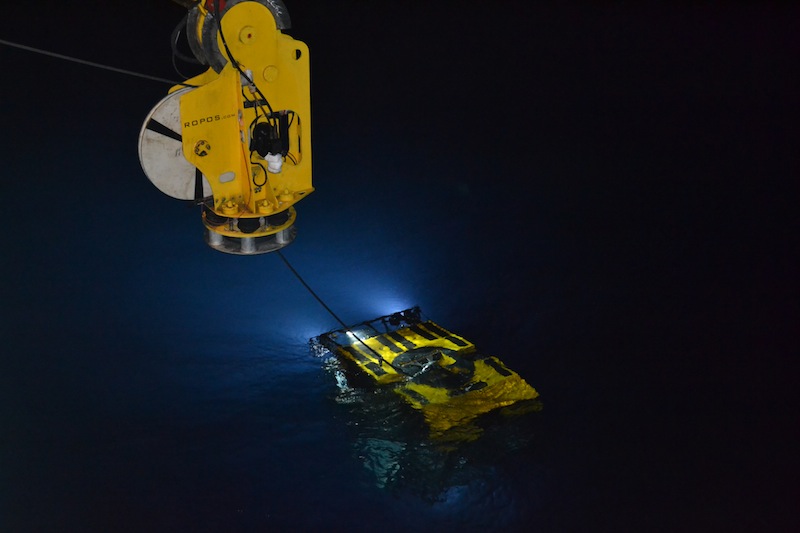
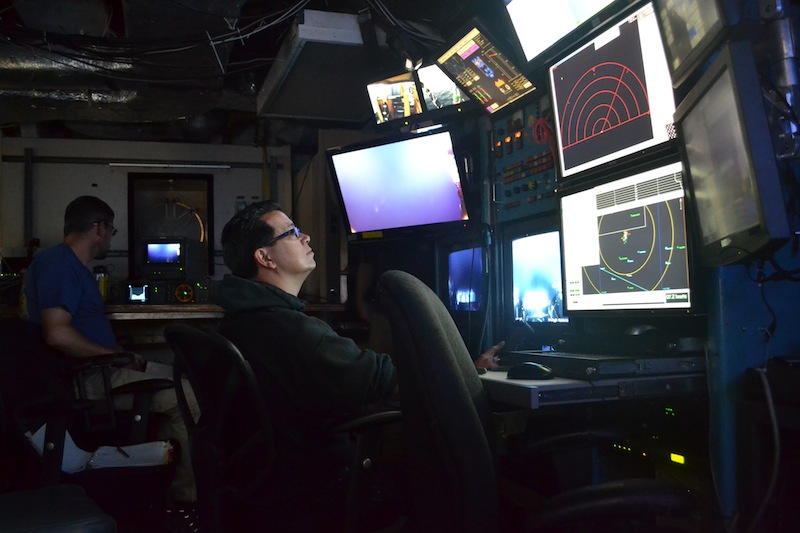






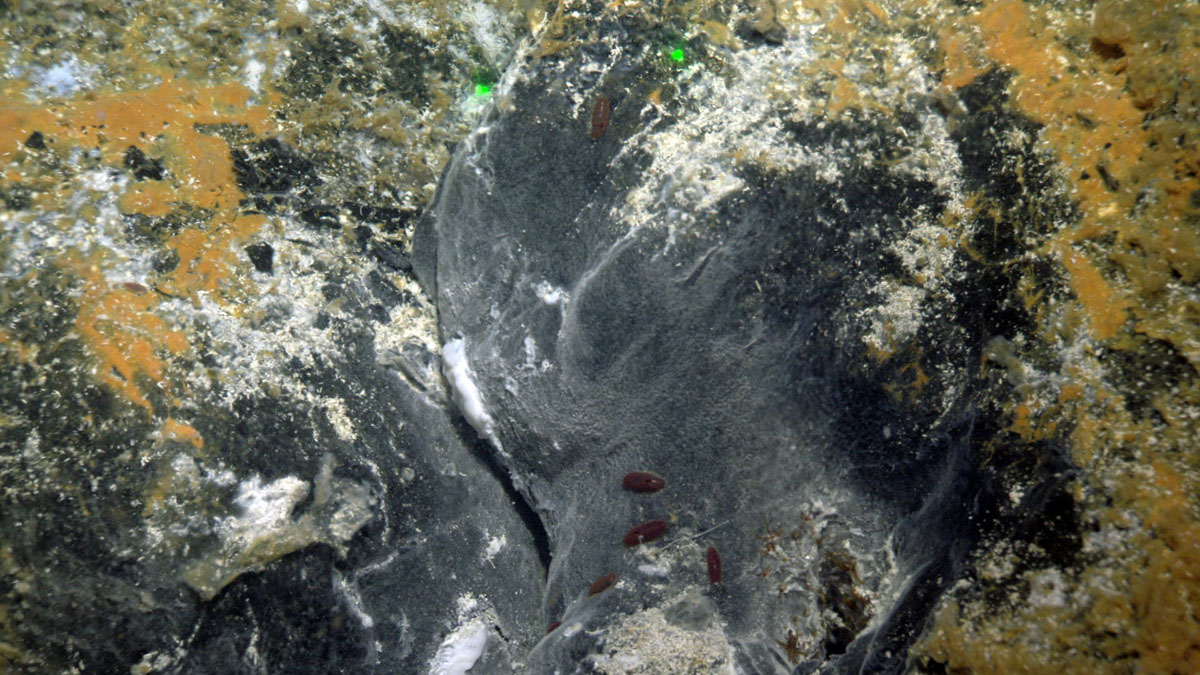


Martha helping out with the CTD

R/V Thompson from afar

Cody and Matt in the small boat

R/V Thompson, side view

R/V Thompson

Basaltic arches mark a zone of collapse in flow channels from the April eruption at Axial Seamount. Credit: UW/NSF-OOI/CSSF; V11.

A glimpse into the subsurface biosphere through a small collapse zone. The white material is thick, dense mats of filamentous bacteria and biofilms that hae grown within the new lava flow erupted in April 2011. Credit; UW/NSF-OOI/CSSF; ROPOS Dive R1472; V11.

The Thompson from water level

Cody, Matt, and Brendan enjoying the sunshine

Small boat operations

Theme VI banner

The Candadian ROV ROPOS recovers Sensorbots from the ASHES hydrothermal field.

Spider crabs are very sensitive to vibrations. This one, at 5000 feet beneath the ocean's surface at Axial Seamount investigated a monkey fist on a piece of equipment on the Canadian ROV ROPOS.

A Flathead Sculpin (Psychrolutes phrictus) hovers in the caldera at Axial Seamount at a water depth of nearly 5000 feet beneath the ocean's surface. Credit: UW/NSF-OOI/CSSF; ROPOS Dive R1470; V11.

ROPOS prepares to cut parachute cord that was attached to an expendable transponder. The transponder was recovered aboard the R/V Thompson.

An anchor for an expendable transponder rests atop a pillow basalt flow. The transponder was recovered. Credit: UW/NSF-OOI/CSSF; V11.

Adrian Rembold is excited to take a ride in the small boat to recover a transponder that was released by ROPOS. (photo by Ed McNichol)

Alexandra Powell from the University of Western Ontario helps to prepare samples from a CTD cast for helium samples. (photo by Allison Fundis)

The ROV ROPOS during its launch for dive #1471 on August 27th.

ROPOS pilot Jonathan Lee controls the ROV as it begins its descent down through the water column. APL-UW engineer James Tilley operates the HD camera in the background. (photo by Mitch Elend)

Filamentous bacteria coat the outer surfaces of the sulfide chimney called Castle in the International District Hydrothermal Field on the eastern side of the Axial Seamount caldera. Warm fluids emanate from a small vent beneath Castle, supporting the microbial communities.

Co-chief Scientist Debbie Kelley shows the difference between a normal sized Styrofoam head with one that was shrunken by sending it to ~1000 meters water depth. (photo by Allison Fundis)

This full-sized Junction Box frame was sucessfully deloyed and recovered in the International District Hydrothermal Field at Axial Seamount using the ROV ROPOS during the August 2011 VISIONS '11 expedition. During the VISIONS'13 cruise two fully built out medium-power J-Boxes will be deployed here that will provide power and communications to extension cables and sensors deployed at the vent sites. The sensors will include a digital still camera, mass spectrometer, fluid and DNA samplers, bottom pressure and tilt sensor, a temperature-chlorinity probe to measure boiling fluids exiting the vents, and a short-period seismometer.

Rattail fish swims slowly in 2.4°C seawater at a depth of nearly 5000 feet beneath the ocean's surface at Axial Seamount. Credit: UW/NSF-OOI/CSSF, V11.

An acoustic current meter deployed on a lobate basalt flow just south of the International District Hydrothermal Field

A small collapse zone north of the International District Hydrothermal Field showing characteristic bathtub rings and talus rubble that is the remanents of the roof.

Scaleworms, about 1 inch long, have already colonized the Marker 33 site that was covered by the April eruption. Also shown are dense microbial mats. Green lasers are 10 centimeters apart.

Brendon pulling in the line of the transponder that was cut by ROPOS.
- Anemone
- Animal
- Arthropod
- ASHES
- Axial
- Axial Base
- Axial Biology
- Axial Caldera
- Bacteria
- Basalt Lava
- BEP
- Biofouling
- biolgoy
- Biology
- Camds
- Camera
- Camhd
- Central Caldera
- Ciliates
- Cnidaria
- Coastal Biology
- Crab
- Deep Profiler Mooring
- Dive Highlights
- Eastern Caldera
- Echinoderms
- Endurance Array
- Engineering Team
- ENLIGHTEN 10
- Exploratorium
- Fish
- Geology
- HD Camera
- HPIES
- Hydrate Ridge
- Hydrates
- Hydrophone
- Hydrothermal Vents
- Illustration
- Inshore 80 Meters
- Instrument
- International District
- J-BOX
- Jason
- Jellyfish
- Junction Box
- K12
- Lava
- Mollusk
- Moorings
- Nodes
- Nudibranch
- Octopus
- OOI
- Oregon Offshore
- Oregon Offshore 600 m
- Oregon Shelf
- Oregon Slope Base
- People
- PN1B
- PN1D
- Polychaetes
- PPSDN
- Primary Node
- RASFL
- ROCLS
- ROPOS
- ROPOS Dives
- ROV Team
- RV Revelle
- RV Sikuliaq
- RV Thompson
- Salp
- Sample
- SC13
- Science Team
- Sea Cucumber
- Sea Star
- Sea Urchin
- Seafloor
- Seismometer
- Sensors
- Shallow Profiler Mooring
- Shark
- Shipboard
- Shore Station
- Slope Base
- Smoker
- Soft Coral
- Southern Hydrate Ridge
- Sponge
- Squid
- Students
- Students & Guest Participants
- Tmpsf
- Tubeworms
- VISIONS 11 Leg 1
- VISIONS 11 Leg 2
- VISIONS 11 Viewers
- VISIONS 13
- VISIONS 14
- VISIONS 15
- VISIONS 16
- VISIONS 17
- VISIONS 18
- VISIONS 20
- VISIONS 22
- VISIONS 23
- Visualization
